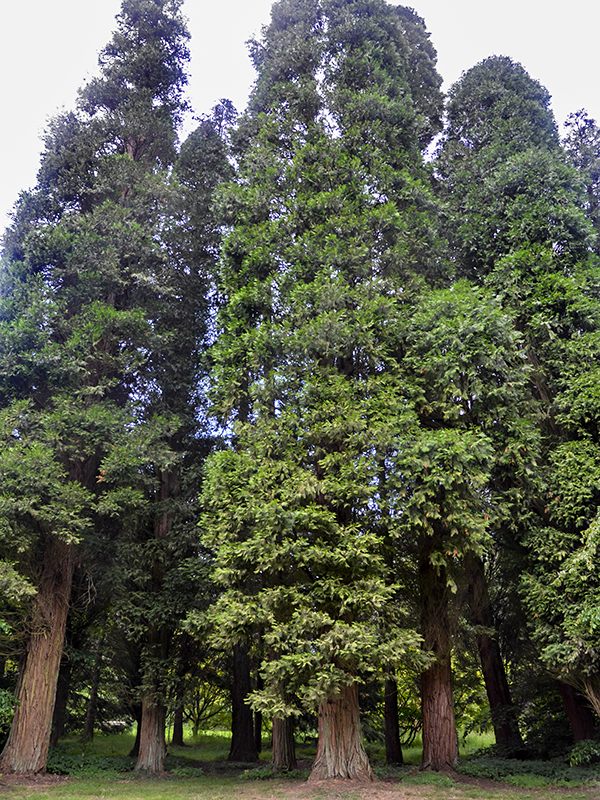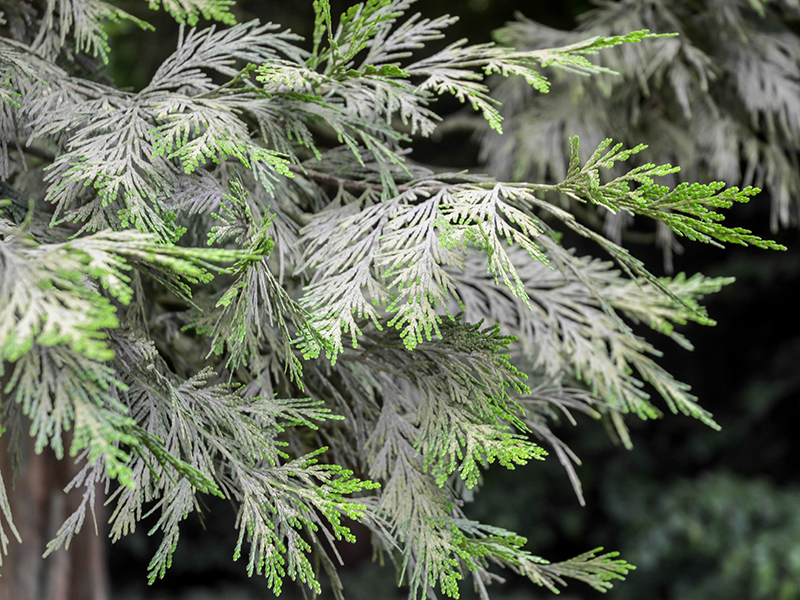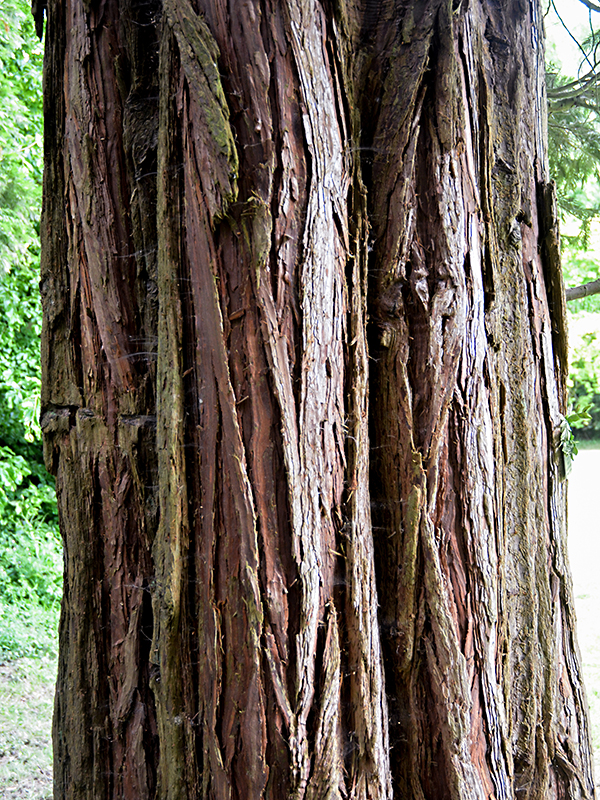| General Description | An aromatic conifer with flat scale type foliage, with a narrow columnar form. Small 2.5 cm cones are easily recognizable because the open cone resembles a ducks bill when the seed is released. |
| ID Characteristic | Very flat scale type leaves which overlap and are arranged by fours in a whorl at the branchlet. Leaves can be crushed and give off a spicy aroma. Bark is dark red in colour. |
| Shape | Narrow, somewhat columnar. |
| Landscape | Using one plant adds a formal effect to the landscape but in numbers it also gives a great strong appearance with its unwavering green foliage. Also makes a good hedge with its thick foliage to block unwanted views and sounds. |
| Propagation | Can be grown from seed; a stratification period of 8 weeks at 0 - 5 °C is recommended. You can also take semi-ripe cuttings in late summer and root under bottom heat with mist. |
| Cultivation | Grow in full sun to partial shade, thrives in most soil types as long as good drainage is present. Pruning is not necessary as the tree naturally has a well kempt form. |
| Pests | On occasion it can get heart rot or rust, but is generally pest and disease free. |
| Notable Specimens | Arboretum of the Barnes Foundation, Merrion, Pennsylvania, United States of America. Ravenna Park, Seattle, Washington, United States of America. Westonbirt, The National Arboretum, Tetbury, Gloucestershire, England. |
| Habitat | Mountainous regions of western United States such as, California, Oregon, and Washington. |
| Bark/Stem Description | The bark has a scale like appearance and is a dark red, almost cinnamon in colour. Native to the mountain ranges in California, the bark is reported to be 7.5-20 cm thick, a natural adaption to protect itself from forest fires. |
| Leaf Description | A flat scale originating from the branchlet in a whorl of 4 leaves, leaves can frow up to 1.2 cm long. The plant gets the name incense cedar because when crushed the leaves give off a spicy aroma similar to incense. |
| Flower Description | Very small flower, brownish yellow in colour with a scaled appearance. |
| Fruit Description | Grows to about 2.5 cm long, brownish red in colour resembling a ducks bill when open. |
| Colour Description | True green foliage year round with brown cones and dark red bark. |
| Texture Description | From afar it is a very full looking plant making it look coarse but up close the leaves are very fine but in abundance. |



